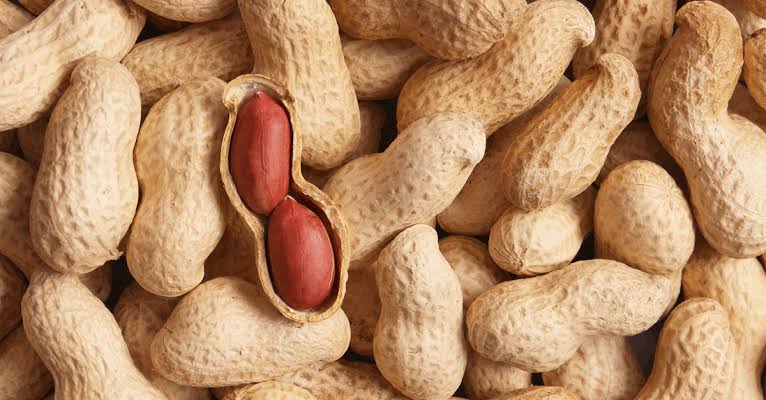Chevron has announced that it is working with Texas A&M AgriLife to explore peanuts as a renewable fuel source.
The company said the collaboration will help create new economic opportunities for Texas farmers while supporting Chevron’s efforts to increase its renewable fuel production capacity to 100,000 barrels per day by 2030.
Peanuts “tend to be thirsty”, according to Chevron, which highlighted that a typical crop needs 27 inches of moisture from irrigation and rain to produce about 5,000 pounds per acre of high-quality nuts. The company outlined that the collaboration’s research includes the development of peanuts with a greater oil content that can adapt to drier climates, adding that AgriLife intends to breed a ‘diesel nut’ that can be more easily quenched.
If successful, the project could bring production back to areas that previously grew peanuts but ran out of water, Chevron pointed out. Approximately 20 per cent of the U.S. peanut crop is produced in Texas, making it the second-largest peanut-producing state in the United States, according to AgriLife Research.
“We are hopeful that these new peanut varieties will offer producers a profitable dryland or limited irrigation crop option,” Cliff Lamb, the director of Texas A&M AgriLife Research, said in a company statement.
Texas Peanut Producers Board Executive Director Shelly Nutt said, “the Texas Peanut Producers Board is excited to support the ‘diesel nut’ project and views it as one more tool for farmers in Texas”.
“Peanut farmers have long realized the value of using peanuts not only as a cash crop but also as a crop that adds nutrients to the soil, creating a sustainable production system,” Nutt added.
Earlier this month, Chevron’s New Energies organisation – which is focused on advancing lower carbon solutions and affordable, reliable, ever-cleaner energy – celebrated its first anniversary.
“Over the last year, we’ve made tremendous progress to accelerate and deploy scalable lower carbon solutions,” Jeff Gustavson, the vice president in charge of Chevron New Energies, said in a statement posted on Chevron’s website.
“I’m proud of the way the New Energies team is collaborating to help build the energy system of tomorrow,” he added in the statement.
Offering some renewable highlights from the past year, Chevron flagged its partnership with Talos and Carbonvert to develop the Bayou Bend Carbon Capture and Sequestration (CCS) hub, a carbon capture and storage project in California’s San Joaquin Valley, a team up with Restore the Earth Foundation to reforest land in southeastern Louisiana, geothermal projects in Indonesia and elsewhere, and an agreement with Iwatani Corporation to build up to 30 hydrogen fueling stations across California by 2026.
•By Andreas Exarheas
To contact the author, email andreas.exarheas@rigzone.com


